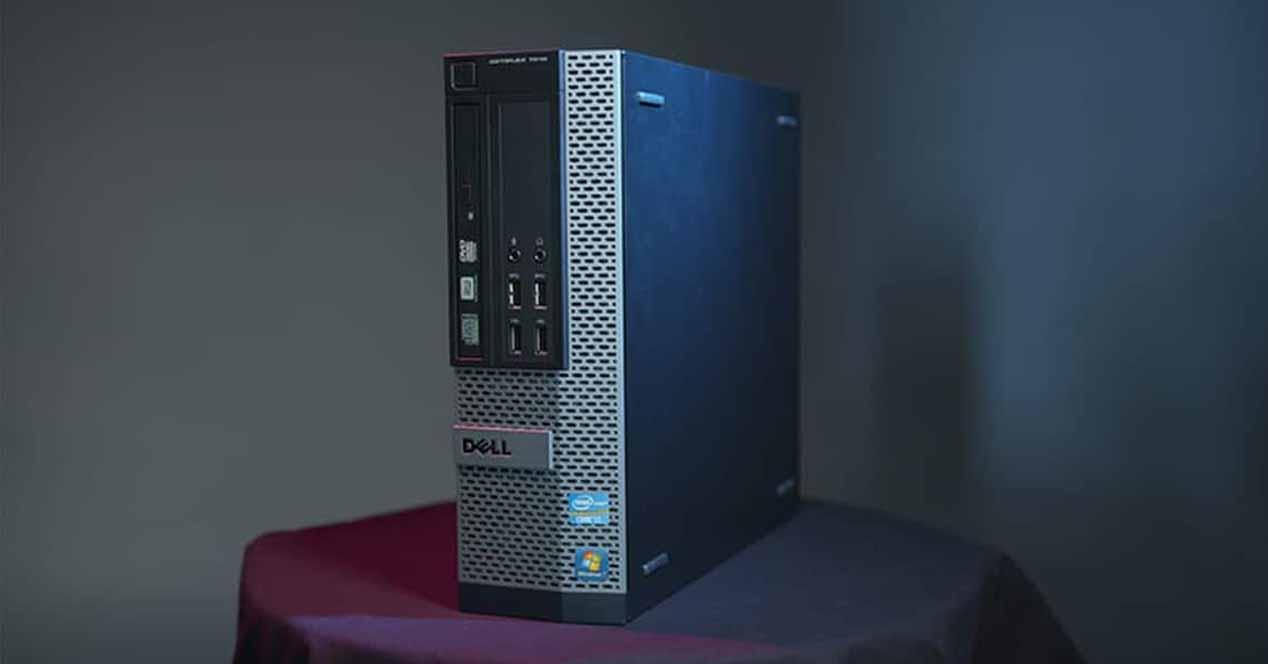The second-hand market is a double-edged sword: there are people who sell products in great condition at affordable prices and who have nothing to hide, but you can also find yourself in the position where products in poor condition are sold, with hidden defects or which do not correspond directly to the description provided by the seller. Unfortunately, you have to be very careful and especially when you want to buy hardware parts, so let’s see what you can do not to screw yourself up.
What to look for when buying used equipment
The first thing you should look at is the seller attitude. If you ask him for more photos of the product, or ask him for details and he’s willing to collaborate and answer all of your questions, that’s a good sign because he probably has nothing to hide. If you are reluctant to do so, it is possible that the product is not in very good condition and has hidden defects or that it does not perform as expected. If so, beware.
The same thing happens with descriptions they don’t tell you anything. In general, any advertisement for used equipment contains a description of the characteristics and condition of the product; If the description does not give any data, or if it is clearly a copy and paste of the product manufacturer’s specifications, you are suspicious because either that person does not know what they are selling or they do not want to specify it. Look for ads in which the product is described in detail and with complete clarity, always look for transparency.
Invoice and guarantee, the key to success
This is complicated since the warranty law only covers two years from the purchase, but if a used product that you are about to buy has an invoice and a warranty and this is clearly indicated by the seller is a good sign because even if you had problems with him you can use this guarantee.
The problem is that when you buy it, you will not have two years from your purchase but from the initial purchase from the person selling the product to you, i.e. the warranty is inherited and you might only have a few months or even a few weeks of coverage; in any case, it would suffice to be able to mount the component and check whether it is functioning correctly or not.
Buy specific second-hand equipment
We are going to give you a series of tips below regarding specific hardware devices, so that you can check before making the purchase. This short guide can be used both to check once you have the product in your hands and to ask questions or request photos from the seller:
- SSDs, hard drives and storage in general: a CrystalDisk Info capture indicating the number and hours of operation is crucial to know its status. A SMART status report is also useful.
- Graphics cards: check that it has not been disassembled, that it keeps the warranty label on the socket anchor screws (as in the photo above). If it can, ask for a video showing it in operation while Furmark is running, so you can see if it is loud or has a coil whine.
- Processors and motherboards: It is essential that in the pictures you have you can see the socket state of the motherboard (Intel) to see if there are any bent pins, as well as the bottom of the processor (AMD) to see the pins. On the cards, check that the PCI-Express sockets are not bent.
- Heatsinks: You can’t notice much here except they don’t have bent blades and in the case of liquid cooling the radiator is not damaged and with bent blades as well. Check if it’s dirty.
- Monitors– Asks for images showing the monitor turned on with a completely blank image, to see if it has dead or vague pixels. Also a photo of the video inputs to see if there are any bent or in poor condition.
- Peripheral devices: Pictures showing the cosmetic condition of the product can help you get an idea of both the time of use (marks, wear, etc.) and whether the person selling them has properly sanitized them.
Don’t even think about buying an OEM PC
Let’s finish by giving you one last piece of advice: don’t buy OEM (pre-assembled) PCs on the used market. This type of equipment is cheap, but it is packed in small-format boxes with a disastrous cooling system, poor-quality power supplies and, in addition, as a rule, they have non-standard material, that is – that is, you will not be able to change many of its components without having to resort to the PC manufacturer itself.
For this reason, we recommend if you are looking for a complete PC in the used market, that you either assemble it by parts or you are looking for a complete equipment but assembled by parts, never OEM equipment as they get old. really bad and as a rule they will be problematic and very noisy.
Table of Contents











